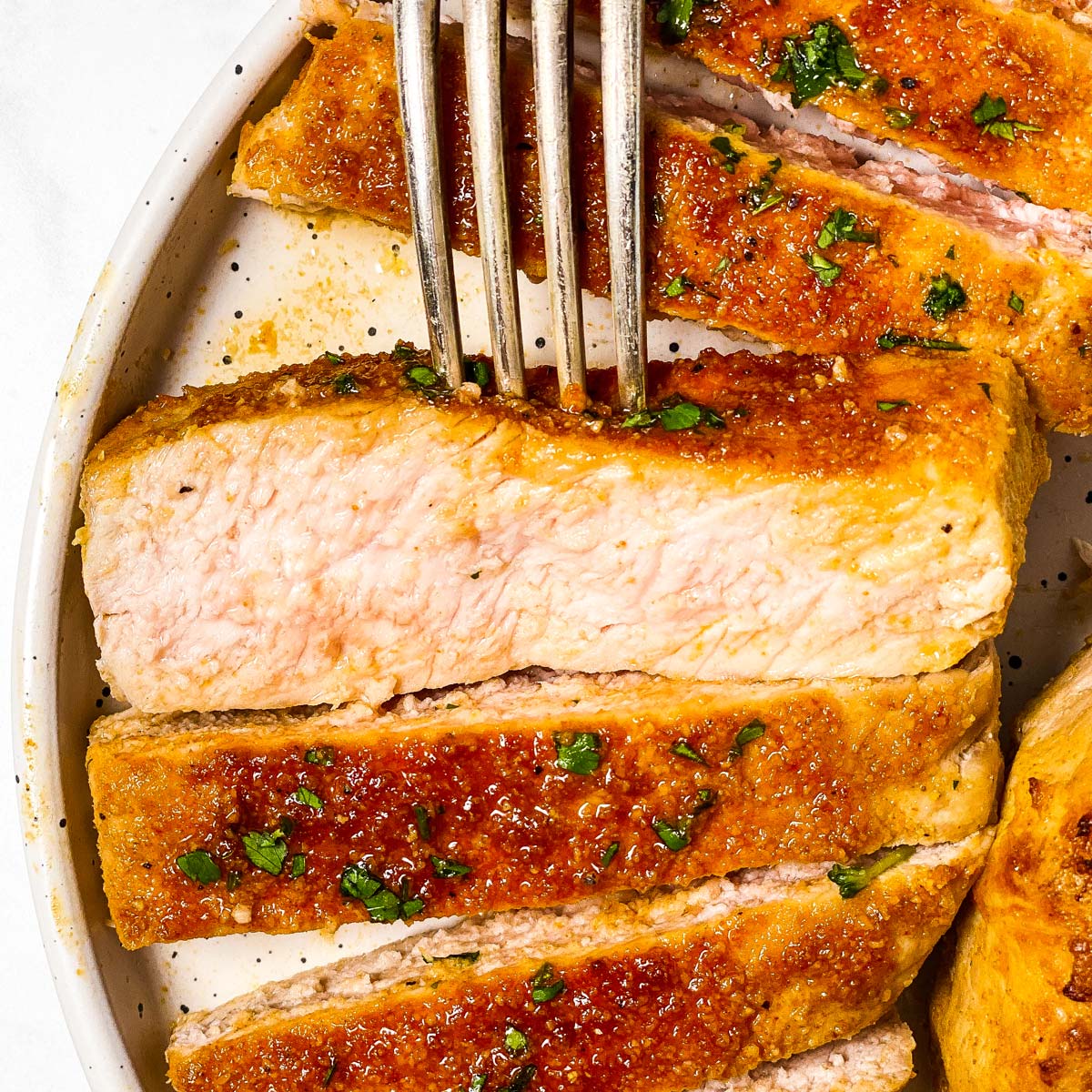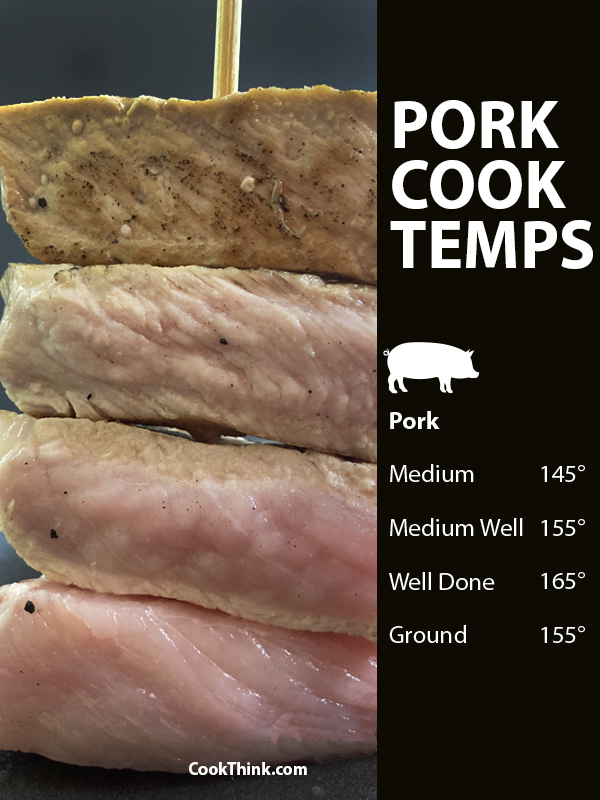Cooking pork chops to perfection requires understanding the right temperature for cooked pork chop. It’s not just about following a recipe; it's about ensuring that the meat is safe to eat while still remaining juicy and tender. Pork chops have a reputation for drying out easily if overcooked, which is why knowing the ideal internal temperature is crucial for any home cook or grill master. In this guide, we will delve into the optimal cooking temperatures, methods, and tips to help you serve the best pork chops you’ve ever made.
As the culinary world evolves, so do the standards for cooking meat, especially pork. Gone are the days when pork was considered unsafe unless cooked to a well-done state. The USDA has updated guidelines that allow pork to be safely enjoyed at lower temperatures, emphasizing the importance of proper cooking techniques and tools. Understanding the right temperature for cooked pork chop will not only improve your cooking skills but also elevate your dining experience.
Whether you're preparing a quick weeknight dinner or hosting a family gathering, knowing how to cook pork chops properly can make all the difference. This article will provide you with all the information you need, from the ideal cooking temperature to common mistakes to avoid. With the right knowledge, you can achieve perfectly cooked pork chops that are sure to impress anyone at the table.
Read also:Expert Guide On Spirit Airlines Reviews An Indepth Analysis
What is the Recommended Temperature for Cooked Pork Chop?
The USDA recommends cooking pork to an internal temperature of 145°F (63°C) followed by a three-minute rest time. This temperature ensures that the meat is safe to eat while maintaining its juicy texture. Cooking pork chops to this temperature allows for a slightly pink center, which is perfectly acceptable and even preferable for flavor and tenderness.
How to Measure the Temperature for Cooked Pork Chop?
To accurately measure the temperature for cooked pork chop, you will need a reliable meat thermometer. Here’s how to do it:
- Insert the thermometer into the thickest part of the pork chop, ensuring it doesn’t touch bone or fat.
- Wait for a few seconds until the reading stabilizes.
- Make sure it reads at least 145°F (63°C) for safety.
What Cooking Methods are Best for Pork Chops?
There are several methods to cook pork chops, each yielding delicious results at the right temperature:
- Grilling: A popular method that imparts a smoky flavor.
- Pan-Seering: A quick method that locks in juices and flavors.
- Baking: Ideal for thicker chops, ensuring even cooking.
- Slow Cooking: Perfect for tenderizing tougher cuts.
What Temperature for Cooked Pork Chop is Considered Well-Done?
If you prefer your pork chops well-done, aim for an internal temperature of 160°F (71°C). However, be cautious as cooking to this temperature can lead to dry meat. For those who enjoy a well-done chop, consider marinating or brining the meat beforehand to help retain moisture.
How to Rest Pork Chops After Cooking?
Resting is an essential step in the cooking process. After reaching the desired temperature for cooked pork chop, let the meat rest for at least three minutes. This allows the juices to redistribute throughout the chop, resulting in a more flavorful and moist dish. Cover the chops loosely with aluminum foil to keep them warm while resting.
What Are Common Mistakes to Avoid When Cooking Pork Chops?
Even the most seasoned cook can make mistakes when it comes to cooking pork chops. Here are some common pitfalls to avoid:
Read also:Carolina Carports Your Ultimate Guide To Robust And Stylish Shelter Solutions
- Overcooking: This is the most common mistake that leads to dry pork chops.
- Neglecting to Rest: Skipping the resting period can result in a loss of juices.
- Using High Heat: Cooking at too high a temperature can burn the outside while leaving the inside undercooked.
- Not Using a Meat Thermometer: Guessing the doneness can lead to either overcooking or undercooking.
How Can You Enhance the Flavor of Pork Chops?
Enhancing the flavor of your pork chops can be achieved through various methods. Here are some tips:
- Marinating: A good marinade can infuse flavors and help tenderize the meat.
- Seasoning: Don’t shy away from using herbs and spices to elevate the taste.
- Brining: Soaking in a saltwater solution can keep the meat juicy and flavorful.
What Are Some Delicious Pork Chop Recipes to Try?
If you’re looking for inspiration, here are a few delicious pork chop recipes that highlight the perfect temperature for cooked pork chop:
- Garlic Herb Grilled Pork Chops: A simple marinade with garlic, herbs, and olive oil.
- Honey Mustard Glazed Pork Chops: A sweet and tangy glaze that pairs beautifully with pork.
- Apple Cider Braised Pork Chops: A comforting dish with a hint of sweetness from apple cider.
In conclusion, mastering the temperature for cooked pork chop is essential for achieving juicy, tender, and flavorful results. By understanding the recommended temperatures, cooking methods, and common mistakes to avoid, you can elevate your pork chop game to a whole new level. Enjoy experimenting with different recipes and techniques, and don’t forget to savor the delicious outcome of your culinary efforts!


